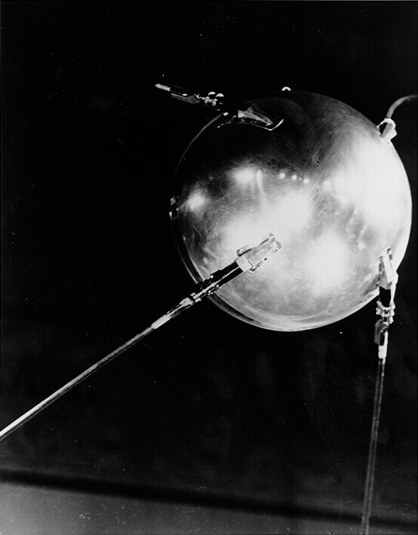Unit Question: What is the effect of large objects colliding with smaller objects?
Method. Move the objects as described in each hypothesis. Repeat the process three times per scenario.
Question 1: What happens when a small toy car is crashed into a large toy car at rest?
Hypothesis: When a larger object is at rest and is acted upon by a smaller object, the larger object will move backwards, while the smaller object moves in the opposite direction at a slower velocity.
Results: The small train stopped its forward motion and moved backwards slightly, while the large dump truck moved backwards at a much slower rate than the small train had hit it with.
Question 2: What happens when a large toy car is crashed into a small toy car at rest?
Hypothesis: When a smaller object is at rest and is acted upon by a larger object, both the larger and smaller objects will continue on in the same direction but at a slower velocity.
Results: The large dump truck continued to move forward though at a slower velocity, while the small train moved along backwards in front of the large dump truck.
Question 3: What happens when two vehicles, one large and one small, move towards each other at the same velocity?
 Hypothesis: When a large and a small object connect at the same velocity, the two objects will move in opposite directions.
Hypothesis: When a large and a small object connect at the same velocity, the two objects will move in opposite directions.
Results: The results varied depending on the velocity of the vehicles. If the vehicles moved at a high velocity towards each other, then the small train moved off to the side and the large dump truck continued forward at a slightly lowered velocity. If they moved at a slower velocity towards each other, then the small train was moved along with the large dump truck as in question two.
Observations:
In order to get a different result I would find two objects that have closer mass in order to get less extreme results.
If I were to use this experiment in my class, I would provide students with a large variety of vehicles or objects to choose from. One option for an extension would be to take two of the same remote control vehicles and add mass to one and see what happens when you crash the two together at the same velocity. I think students would really be engaged by this and if they knew that this was a culminating activity it would get them very involved in the investigation as well. As I teach teenage students that will one day soon have a license and be driving on the roads, this investigation applies to what they would soon be experiencing and might even make a difference in how they drive, producing safer drivers.
In the end, the students would learn about Newton’s three laws of motion, Momentum and the law of conservation. And I believe that this investigation would let them have a hands on experience with these scientific concepts, and they would be able to apply them to their lives and to their futures in science.
















